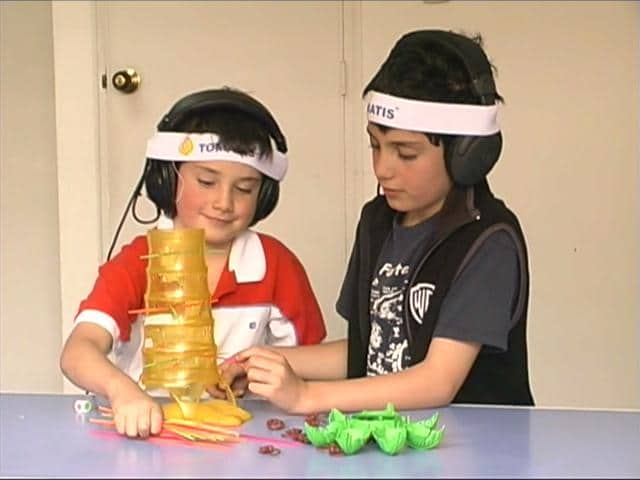Despite being first described all the way back in 1948, many people are not aware that auditory processing disorder actually exists. This remains the case even as the disorder can explain a good number of situations where individuals can hear sound but not quite process it as well as normal people.
Why do many people remain unaware of APD’s existence?
The answer could be due to numerous factors, especially since there is not yet enough documented evidence to say just how much of the general population have the condition.
On the other hand, there are some among these factors that tend to encompass more than the rest. These are three of the most dominant.
1. We take our relationship with sound for granted.
It is hard to say if a lot of people ever truly understand the way they process sound. For most of us, there is only hearing and not hearing. Since their first days of kindergarten, we’ve been simply taught about the ear and how the ear lets us hear sounds.
Oftentimes, it is not until our high school years (or even college years) that we are formally introduced to the idea that the ear actually works autonomously when its parts vibrate from sound waves, which then sends electrical signals to the brain.
And even at that point, the idea that our ability to interpret sound is actually an independent action of the brain is only indicated. Understanding this process still requires a big, bold leap into the very tricky topic of neuroscience!
2. APD overlaps with other disorders as well as fields of study.
Another complicating factor is the way APD is often present in more well-known disorders (particularly autism). When a condition results in different forms of sensory integration and thinking, then misinterpreting sound is seen just another quirk in a long list of quirks.
That is not necessarily bad, but it does tend to nudge aside the important fact that processing information from sounds is a function of an active, properly working brain.
Take dyslexia, for example. Reading ability often relies on proper processing of sound in order to connect them with letters. But when you have APD, subtle yet important distinctions are lost and inevitably result in delayed development. It is why both disorders are often conflated, even though they may require separate forms of intervention.
3. Neuroscience is still a relatively young field.
Lastly, many are often surprised to learn just how young the field of neuroscience actually is (at least its current incarnation). Its own status as a distinct field of academic study was only formally established right around the same time auditory processing was first coined.
And while 50 years may sound like a lot of time to get answers about how the brain works, technologies like MRI (which many often see as a featured tool in neuroscience research) weren’t properly developed until well into the 1970s. Research did not progress as fast as popular imagination makes it so.
In short, there are still more questions than answers regarding the brain’s structure and the exact manner it operates when processing of information. It has been determined that some parts of the brain feature dominant activity in certain tasks (like listening). It has also been determined that the structures of these areas possess a degree of plasticity (allowing people to improve the area to reduce any impact of disability).
Still, that doesn’t mean all is set in stone. A lot of work still needs to be done and programs (including the Tomatis® Method) can still be improved and innovated with new findings.
All in all, it can be a bit aggravating to learn that auditory processing is not something people consider when they see issues with listening. However, please be assured that it is definitely getting there.
“Want to learn more about how better listening leads to a better life? Get a consultation with us today!”
Françoise Nicoloff
Official Representative of Tomatis Developpement SA in Australia, Asia and South Pacific, Director of the Australian Tomatis® Method, Registered Psychologist, Certified Tomatis® Consultant Senior, Tomatis® International Trainer and Speaker, Co-author of the Listening Journey Series, 40 Years of Experience, Neurodiversity Speaker



